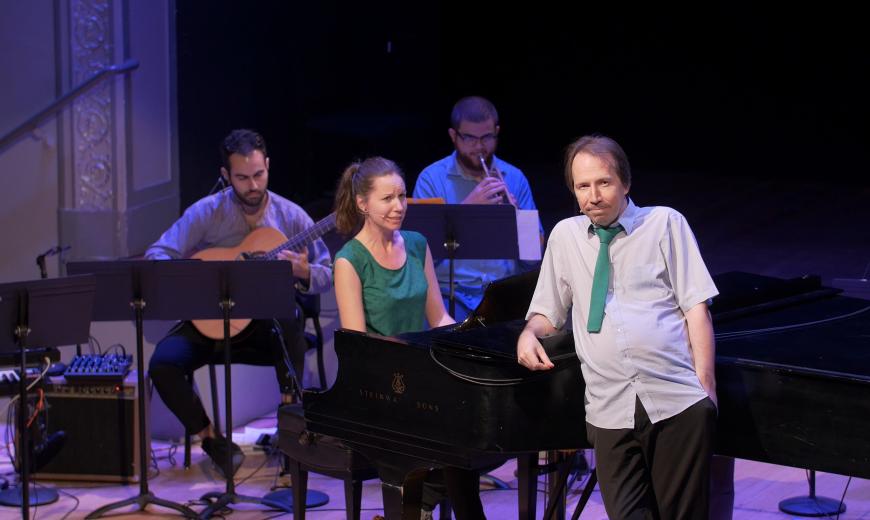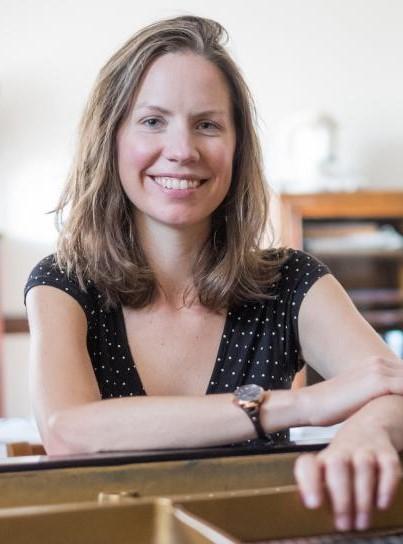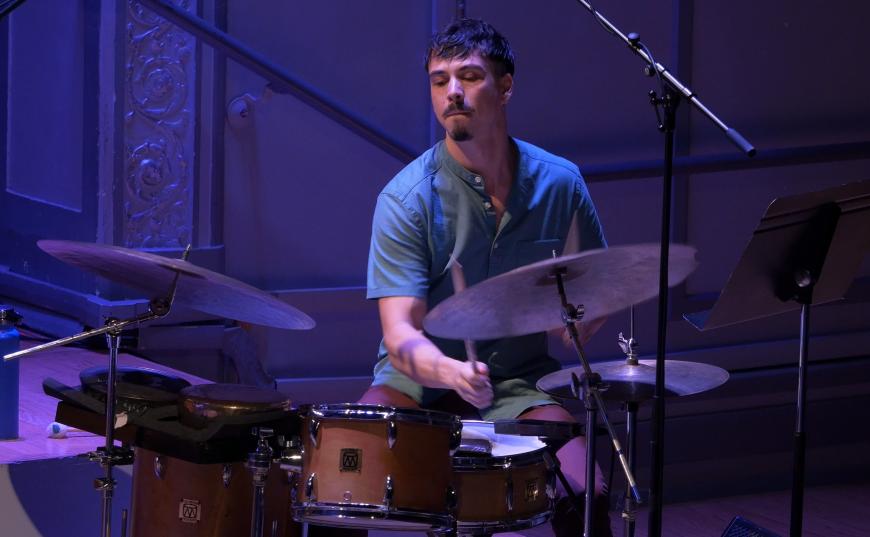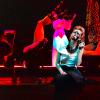
Every two years, the Rubin Institute for Music Criticism convenes in San Francisco, teaching music students across the U.S. about music journalism. SF Classical Voice has partnered with the Rubin Institute to give the program’s top writers more experience in the field with an internship. This year’s Rubin winners, Emery Kerekes and Lev Mamuya, will be with SFCV for six months, reporting from New York and Boston, respectively.
I’ve come back to Kate Soper’s Voices From the Killing Jar again and again since I took my first listen in 2018. For me, the draw lies in the piece’s drama — the way that Emma Bovary’s manic laugh-cries pierce as she goes mad, the way the live electronics eerily fragment Lady Macduff’s simple tune. Soper writes straight from the heart, whether music, text, or both.
But if Soper’s drama made my stomach knot, I knew her comedy would keep me entertained. Her new satire HEX, a musical play that toes the border of sketch comedy, opened the 24th season of New York’s stalwart Wet Ink Ensemble on Sept. 14 at Roulette Intermedium, a cozy Brooklyn avant-garde hub. The performance also heralded the recent album release from Wet Ink artist-in-residence Vicente Hansen Atria and his chamber/folk/jazz ensemble Orlando Furioso, which performed the five-movement work that anchored the recording (eponymously titled Orlando Furioso).

HEX, for three actor-pianists and an ensemble of open instrumentation, began with the familiar sounds of the dreaded practice room — silence, broken only by the soulless pop of a maddeningly slow electronic metronome, the sworn enemy of music students the world over. Then, a single three-chord phrase repeated ad nauseum from the stage’s well-loved Steinway.
The lights brightened. The pianist continued, visibly bored and lazing in and out of time, just long enough to let the audience sink into a comfortable daze — only to be jolted by a harried Soper storming in from their midst, fumbling apologies for her apparent tardiness.
The pianists soldiered on, it turns out, in the name of performance art, a reenactment of medieval instructions to summon a demon by repeating three specific chords 78,513 times. And indeed, the demon did appear in the form of composer, theater artist, and artist-in-residence Rick Burkhardt — not in Prada but in a half-length green cloth tie and Birkenstocks. He exuded the sleazy confidence of someone who knows victory is imminent, his cool delivery of Soper’s hilarious one-liners eliciting peals from the crowd. In a semicircle behind, Orlando Furioso gurgled, a wordless Greek chorus portending doom.
Ignorant of her fate, Soper continued to banter as she played. Finally, the demon revealed his identity, removing her from the mortal plane and shunting her into the climax of Orlando Furioso’s glorious din. Burkhardt took Soper’s place at the keyboard with a smug grin, twiddling ominous improvisations over his proprietary progression, no pretense of seriousness or plausibility marring the audience’s enjoyment.
Orlando Furioso was more foil than partner to Soper’s theater, but the contrast seemed intentional. Atria’s work brought in elements that HEX didn’t touch — most notably, groove. The piece, a tribute to Chilean singer, songwriter, folklorist, and activist Violeta Parra, grounds its language in the rhythmic backbones of jazz old and new, over which lays a complex system of microtones. What results is music that continually questions notions of dissonance and consonance within an ordered, followable framework.

Usually, Atria provided the groove himself with focused nonchalance, leading from the drum kit (in tandem with bassist Simón Willson) as he switched from complex metric divisions to relatively straightforward Dixieland riffs. But the groove migrated often; keyboardist Andrew Boudreau (the third pianist-actor of HEX) contributed microtonal ostinati from two stacked synthesizers, mimicking the double manuals of a harpsichord in both sound and sight. A trio of trumpet (David Acevedo), saxophone (David Leon, also clarinet), and cello (Daniel Hass) painted muted chords over the top, breaking for solos that experimented not only with extended technique but also with group interaction.
Guitarist Alec Goldfarb, also an arbiter of groove throughout the work, tackled Orlando Furioso’s lone solo movement, a sequel to Parra’s five anticuecas (folkloric pieces for guitar), with tenderness and warmth. Atria’s anticueca explored the false equivalencies that his microtonal tuning system created, harmonics hovering ever so close to one another but never converging. The piece brought relaxation to what was otherwise a high-octane work — and evening.



